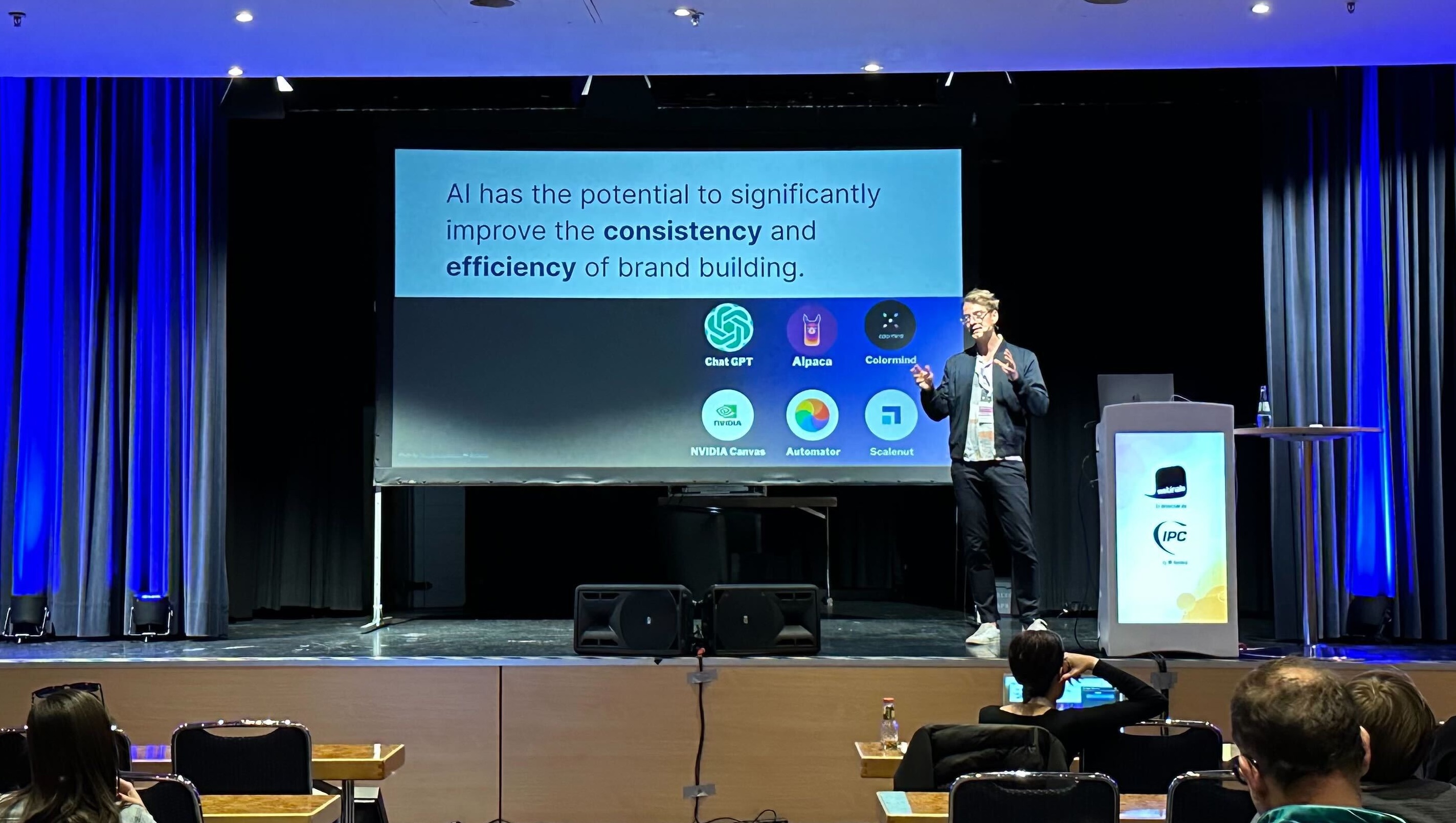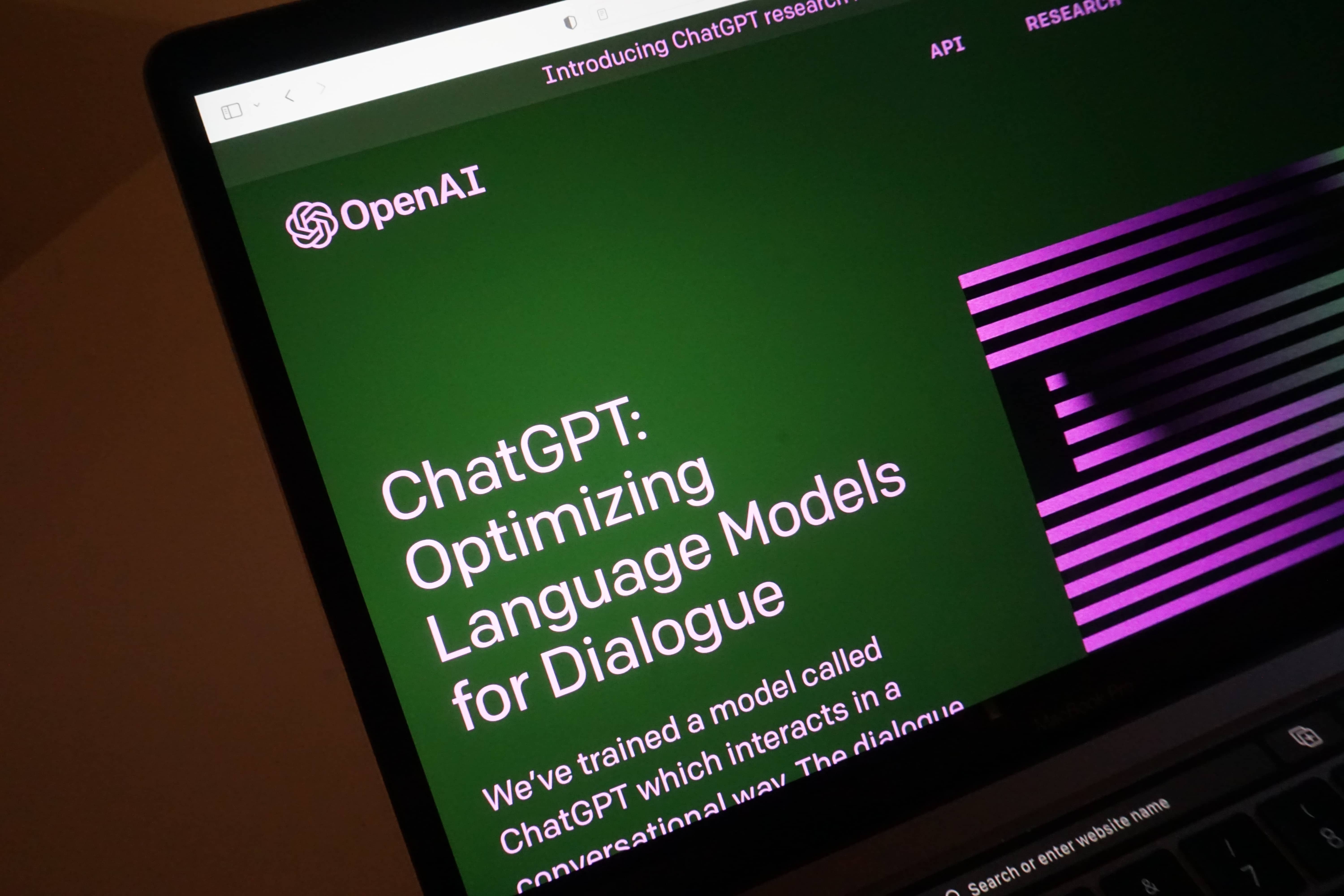UX x AI: How Designers Can Leverage Advancements in Artificial Intelligence
Generative AI is capable of creating first drafts for UI designs from a simple prompt. Image source: @aiui.lab, Midjourney
In the rapidly evolving field of user experience design, staying ahead of the curve is crucial for professionals in terms of delivering exceptional products and services.
In last year’s blog article titled: “How to Design with Dall-E: Benefits of AI to Product Design”, we covered how DALL-E 2 opens up limitless creative possibilities, benefiting both we creatives and our clients. It does so because it extends the boundaries of our imaginations and in this way helps us create innovative digital products.
As we look back on recent groundbreaking advancements in artificial intelligence, we find ourselves at the forefront of an exciting era where AI technologies are revolutionizing most industries and processes, including UX design. Stretching beyond visual design – as covered in the former article on generative AI – we now aim to delve deeper into the myriad of ways in which UX designers and researchers can harness the potential of AI across various technologies, platforms and tools.
By leveraging these AI-powered capabilities, designers can unlock unprecedented opportunities and, in doing so, create intuitive, personalized and enjoyable user experiences.
Join us as we explore the transformative impact of AI on UX design and uncover the invaluable benefits it is bringing to our profession.
Embracing AI: An Opportunity, Not a Threat, for Designers

Guillaume Vaslin from ENNOstudio talks about AI at Webinale 2023
Before getting started let’s set things straight: AI should be viewed as an opportunity rather than a threat to designers. By embracing AI technologies and integrating them into their workflows, designers can boost their efficiency, creativity and decision-making abilities. A collaboration between designers and AI systems can lead to more impactful and user-centered design solutions, ultimately benefiting both designers and the users they seek to serve.
While AI technologies offer significant advancement in the design process, humans will remain indispensable when designing for fellow humans. Design is a deeply human-centered practice that requires the inherently human qualities of empathy and the ability to understand the complex needs and values of people, plus critical thinking and creativity. Also, for the foreseeable future, we as humans will still be superior in terms of leading workshops and collaborating with stakeholders across the business; something AI won’t be replacing any time soon.
So, don’t be afraid people, AI is not the big bad wolf! Still, while we as designers won’t be replaced by AI, those designers who don’t use it will be replaced by those who do. You have been warned!
Let’s now look into the roles and responsibilities of UX designers and researchers and identify how AI can assist and automate relevant tasks. To do so, we’ll discuss various AI-powered tools and the potential they have to make us more efficient, while also improving the quality of our output.
Streamlining User Research and Insights
AI-powered tools offer designers efficient and effective ways to streamline user research and gain valuable insights. With the help of AI, designers can expedite data analysis, reduce repetitive tasks and extract meaningful information. A few notable examples of user research process areas that are enhanced by employing AI tools, include:
Customer.io enables personalized customer communication for marketing purposes.Animation source: Customer.io
Sentiment analysis – AI algorithms can analyze large amounts of user-generated content to determine sentiment. Tools like IBM Watson’s Natural Language Understanding and Google Cloud’s Natural Language API automatically categorize and analyze textual data; providing designers with a deeper understanding of user opinions and emotions.
Customer segmentation – AI algorithms can cluster users based on various characteristics and behaviors; enabling designers to create more targeted and personalized experiences. Tools like Mixpanel and Customer.io utilize AI-powered segmentation techniques that help designers tailor their designs to a specific user segment and address its unique needs.
Data visualization – AI algorithms can identify patterns, trends and correlations within data sets, allowing designers to visualize complex information and communicate insights effectively. Tools such as Tableau and Power BI transform raw data into visually compelling charts, graphs and dashboards.
By leveraging these powerful AI tools in user research, designers can extract valuable insights more efficiently, create more personalized experiences and make data-driven decisions.
Enhancing Prototyping and Collaboration with AI
Adobe Sensei – It can leverage AI algorithms to analyze design patterns and user preferences; generating automated design suggestions that designers can play with or iterate.
Genius by Diagram – AI is not just about designers leveraging AI tools, it also involves designers collaborating with AI systems to enhance their creative processes and deliver better outcomes. Genius employs AI algorithms to provide intelligent suggestions, expand creative possibilities and to come up with alternative design solutions.
GPT-4 by OpenAI – Collaboration with AI also extends to areas like content creation, where AI-generated content can serve as a starting point for designers to iterate and refine. For instance, AI-powered text generation tools like ChatGPT can create draft copy, allowing designers to focus on fine-tuning and injecting their unique style and messaging.
A synergy is created between human creativity and AI-powered assistance when designers collaborate with AI and incorporate it into the prototyping phase. The end result is design solutions that leverage the best of both worlds!

Genius by Diagram provides intelligent suggestions in real-time. Animation source: genius.design
Raising the Product Copy bar
Design and copy go hand-in-hand – mastering both significantly impacts the user experience – and having the right words is crucial. However, support in the form of a dedicated product copywriter is often not available to designers, particularly in the initial phases of a project. AI writing tools like ChatGPT or Jasper allow designers to eliminate placeholder text and effortlessly generate custom copy that still has a human touch. Designers can craft captivating headlines and value propositions by experimenting with keywords, tone of voice and target audiences; transforming a time-consuming “from scratch” copywriting task into a streamlined editing process.

Image source: Rolf van Root on Unsplash
Improving Usability Testing and User Feedback
AI technologies have the potential to revolutionize usability testing and user feedback processes; enabling designers to gather insights more efficiently and effectively. Here are a few example in this area where AI tools can assist:
Mimic analysis – AI-powered analysis of eye-tracking data and facial expressions can provide valuable insights during usability testing. Tools like Tobii Pro or Gazepoint utilize AI algorithms to track a user’s eye movements, heatmaps and facial expressions. By doing so, they help designers understand how users interact with interfaces and identify areas for improvement.
User feedback – AI-powered chatbots can facilitate real-time user feedback collection and surveys. Tools like UserTesting or SurveyMonkey use AI to engage with users, ask specific questions and gather qualitative and quantitative feedback. This allows designers to iterate at speed and validate design ideas while still maintaining a continuous feedback loop with users.
User behavior analysis – AI algorithms can automate certain aspects of usability testing, such as analyzing user interactions and identifying usability issues. Tools like UXCam or FullStory use AI to capture and analyze user sessions, providing designers with actionable insights and identifying pain points or bottlenecks in the user experience.
By leveraging these AI tools in usability testing and user feedback processes, designers can gain deeper insights into user behavior, optimize designs based on objective data and make smart, informed design decisions.
Image source: DALL-E 2
What it all means
As advancements in artificial intelligence continue to reshape the design landscape, designers must embrace AI as an opportunity rather than a threat. AI technologies provide designers with tools that streamline tasks, enhance efficiency and generate valuable insights, ultimately enabling them to deliver superior user experiences. However, it is important to remember that human involvement remains crucial in the design process, as designers bring empathy, creativity and a degree of critical thinking that AI cannot (as yet) replicate. By embracing AI and collaborating with AI systems, designers can leverage the power of technology while still harnessing their unique human skills to create impactful, user-centered designs. The future of design lies in a supportive and harmonious partnership between humans and AI, where the strengths of both are brought to bear to create exceptional and enjoyable experiences for users.
We hope you found these Al insights enjoyable.
If you want to discuss how AI will impact your business and your relationship with your customers, write to us.

We are a design and innovation studio creating engaging, accessible digital experiences for everyone. Our team of product designers and strategic consultants combine beautiful design and creative strategies to build and promote user interfaces that make a real difference to people’s lives.
